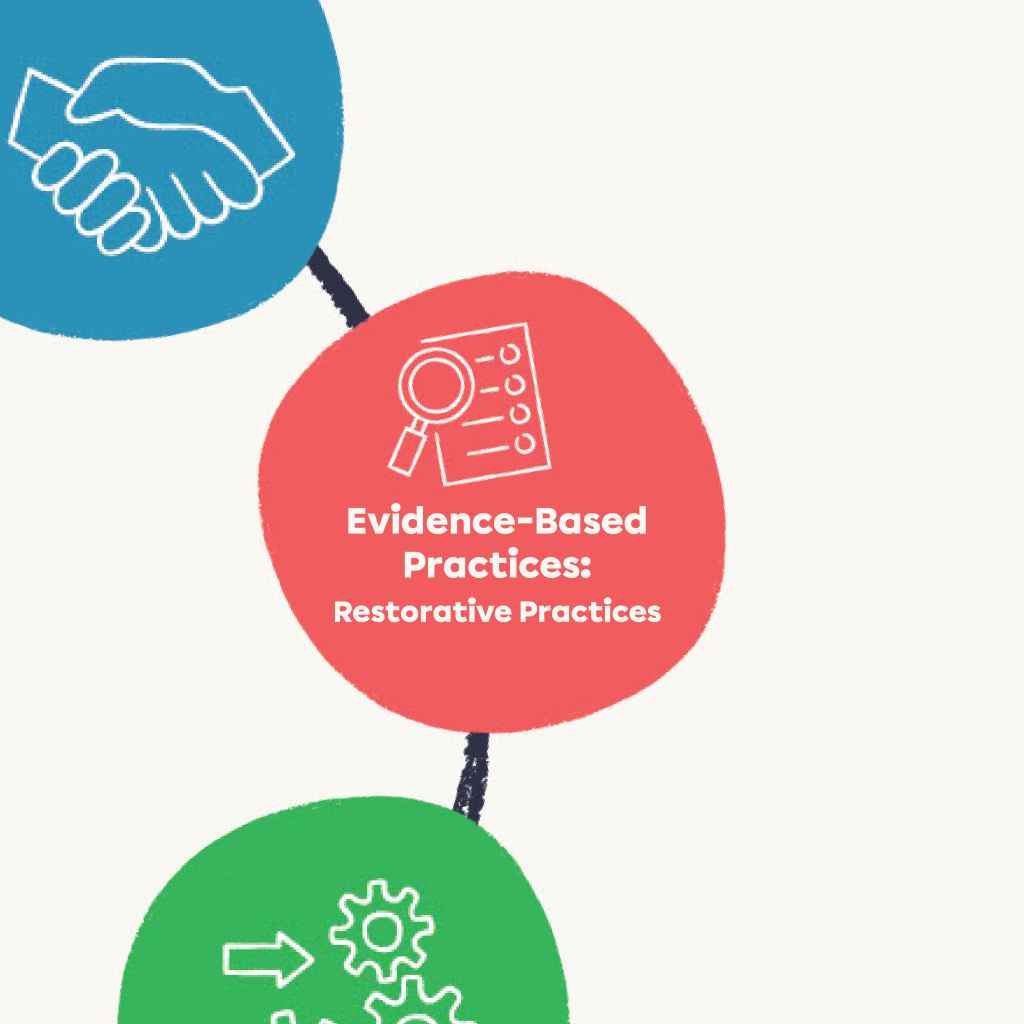
- 5 mins
Using MTSS to Teach Hand Washing to Kids

It was the second week of school during my ninth year of teaching when I experienced the true power of restorative practices in the classroom. I had incorporated these practices in every class I had taught for the past four years; but this year, this moment, I truly experienced its value. Teaching in a classroom with a variety of flexible seating, I had become well-versed in the routines of teaching a new group of eager third-graders how to safely utilize each seating tool. I had used appropriate scaffolding—I do, we do, you do—and it was the second day of flexible seating freedom in my classroom.
And then I heard it: the quiet pop, the whispering whistle of escaping air, and the shocked gasps of nearby peers. A student had just popped the exercise ball they were sitting on with their pencil and quickly shrank in size as the ball deflated to the ground. It was then that I knew I had to bring our class together, or we would fall apart. I quickly directed my students to stop what they were doing and “circle up” in a restorative circle. Having practiced this routine during our first several days of school, every student quickly made it to the circle. We sat there side by side, at an equal level and able to see everyone, ready to come together to fix a problem.
I announced that we had come to the circle because something had happened in our room that impacted all of us, and it was important to address it as a group. And so we began our circle routine we had decided on as a group: we stated our rules for the group, I presented the topic, and we each got a chance to express ourselves or pass. I began by stating a new expectation to the circle, one I hadn’t considered in the past: No one was allowed to say the names of others; we were only allowed to represent ourselves and how we felt. I began, “I am feeling very frustrated and disappointed because I have used my own time and money to bring in flexible seating for each student, and I feel that it wasn’t respected.” Then we moved on, allowing each student to speak. Some said they were sad, others angry, and some chose to pass. Then we came to the student who had popped the ball. The student said in a slow and quiet voice, “I feel frustrated and disappointed too. I don’t know how it happened, my body just did it and I am embarrassed that I ruined the ball for everyone.”
The rest of us, myself included, sat in silence soaking up the vulnerability, the honesty, and the bravery this child had just shared. It was at that moment that a shift happened. The students in my class started empathizing with their peer. It was no longer about the ball, it was about their classmate. I then began hearing “I am sad that they feel embarrassed, and want them to know that I forgive them” and “This makes me think of a time when I did something that I didn’t mean to.”

In their 2014 “Restorative Practices” guide for educators, the Restorative Practices Working Group through the Schott Foundation defines restorative practices as “processes that proactively build healthy relationships and a sense of community to prevent and address conflict and wrongdoing.” As a classroom teacher, I used restorative practices in my kindergarten and third-grade classrooms for years, and one area I frequently utilized, as mentioned above, was restorative circles. According to the “Restorative Practices” guide, “Circles provide people an opportunity to speak and listen to one another in a safe atmosphere and allow educators and students to be heard and offer their own perspectives. Circles can also be used to celebrate students, begin and end the day, and discuss difficult issues.”
I would begin this evidence-based practice at the beginning of the school year by having students answer simple questions to get to know one another. After the routine and expectations of the restorative circle were familiar, we would use it to talk about more pressing needs of the classroom and to repair any harm done among peers. I found that this practice allowed students to feel safe and valued in their learning environment. And as I continued to grow in restorative classroom practices, so did my students.
Restorative practices have a crucial role in early childhood education and the Multi-Tiered System of Supports (MTSS) framework as they can support modeling, teaching, and enforcing appropriate problem-solving and social-emotional strategies. “Restorative Practice Circles are a place where students safely practice listening, speaking, and practice taking responsibility for their actions. These learning opportunities ultimately build their social-emotional skills and lead to emotional literacy,” writes Lisa Bedinger, Director of the South Burlington (Vermont) Community Justice Center in a 2020 interview with Stacie Curtis, Director of Early Education with the Burlington School District.
When asked in what ways Restorative Practices align with Early Education, Stacie observed, “Restorative Practices . . . give all students a voice; ensuring that all students can express opinions and feelings is so important for building self-advocacy and confidence in our students.” When considering the vast impacts of social and emotional learning and growth in early development, it’s clear how early exposure to healthy conflict resolution and relationship fostering can be so powerful.
In order for the MTSS framework to be effective, it is necessary to utilize resources and practices that are foundationally supported through research and evidence of effectiveness. It would be difficult to trust the results of data to drive our decisions if we are not offering effective methods of support. By examining the Collaborative for Academic, Social, and Emotional Learning (CASEL) framework, there are findings that restorative practices, when implemented effectively, can lead to decreased behavioral needs and a more positive learning environment.
According to CASEL’s 2020 “Guide to Schoolwide SEL,” restorative practices and social and emotional learning “can be implemented together to support aligned goals and enhance outcomes, such as improved school or classroom climate, improved attendance and engagement, reductions in exclusionary discipline practices such as suspensions, and reduced disproportionality in discipline.”
CASEL’s “Guide to Schoolwide SEL” cites other ways that restorative practices and social and emotional learning merge into their practices, including:
Restorative practices are powerful and worth the investment in time and planning. It is important to look at all areas of restorative practices and decide how they will be implemented in your classroom. Schott Foundation’s “Restorative Practices” guide for educators (2014) suggests considering the “Four Ps”—person, place, practice, and plan.
Utilizing evidence-based strategies when integrating MTSS is essential to ensure that your students have access to effective practices. Incorporating restorative practices in your classroom is a proven pathway to increasing trust, strengthening relationships, and decreasing negative behaviors.
Moshi has several short pieces of content that teach kids skills that are an important part of the success of restorative practices in the classroom. These include being inclusive, having empathy, being kind, and regulating emotions and behaviors. The following Moshi Moments range from 5 to 7 minutes and can easily be incorporated into the early childhood and elementary classroom.